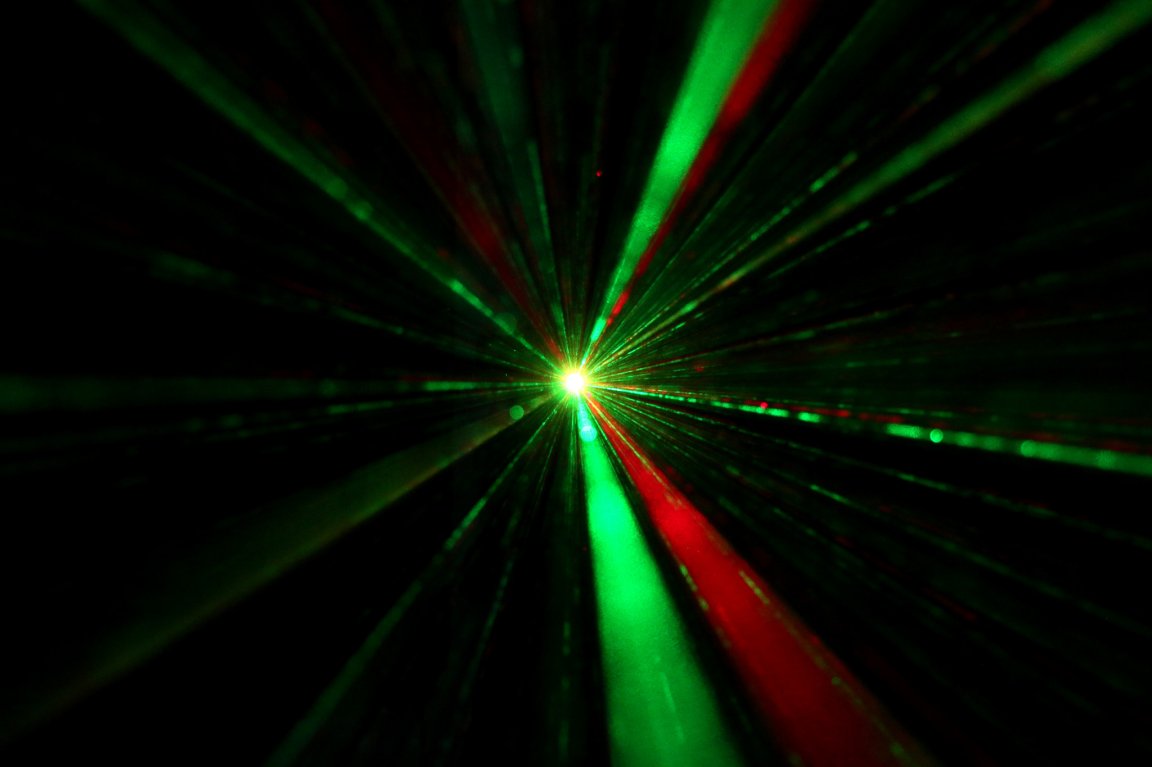
A Force of Light
They’re calling it laser streaming. No, it’s not a new sport or some Netflix-like pastime. Instead it’s a new observable phenomenon involving fluids and laser beams. Thanks to engineers from the University of Houston (UH) in Texas, we’ve now realized that it’s possible for highly focused, beams of light — aka lasers — to transfer its momentum to create a stream of liquid.
“Transforming a laser beam into a mass flow has been a challenge both scientifically and technologically,” the researchers, led by UH engineer Jiming Bao, wrote in a study published online. Usually, light simply passes through water, unless forced to interact with another medium it could “push” — like air.
“Here we report the discovery of a new optofluidics principle and demonstrate the generation of a steady-state water flow by a pulsed laser beam through a glass window.” In short, they were able to use a laser beam to generate liquid streams inside a fluid.

A Stream of Potential Uses
Bao and his colleagues found that it’s possible for a laser to push water if it contains gold nanoparticles. To demonstrate this rather unique phenomenon, they shine a pulsed green laser through a liquid container’s glass wall. Within minutes, it produces a current of liquid streaming along the direction of the laser beam. “The flows appear as liquid analogues of laser beams and move in the same directions of the refracted beams as if they are directly driven by photons of laser beams,” they wrote. “We call this phenomenon laser streaming.”[infographic postid=”19198″][/infographic]
Nanoparticles can absorb green light because it resonates close to the frequency of the electrons these contain. The particles expand and contract as they heat up and cool down with each laser pulse, generating acoustic waves in the water — a phenomenon long-known, called acoustic streaming.
This discovery has significant applications, particularly for lab-on-a-chip experiments where moving liquids at a microscopic scale can be crucial, as well is in nanofabrication and even laser propulsion. As Bao and his colleagues explained in their paper, “Laser streaming will find applications in optically controlled or activated devices such as microfluidics, laser propulsion, laser surgery and cleaning, mass transport or mixing, to name just a few.”